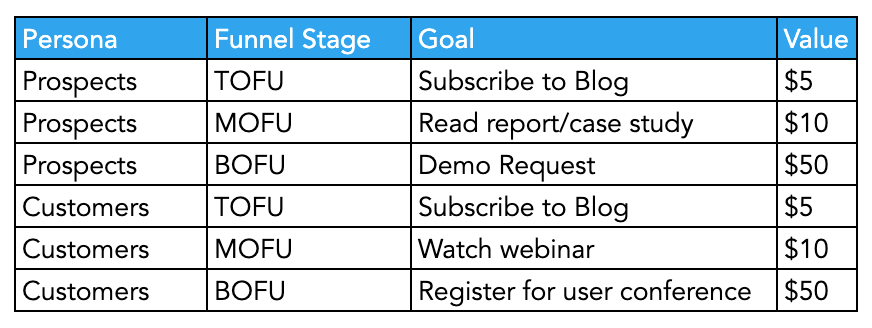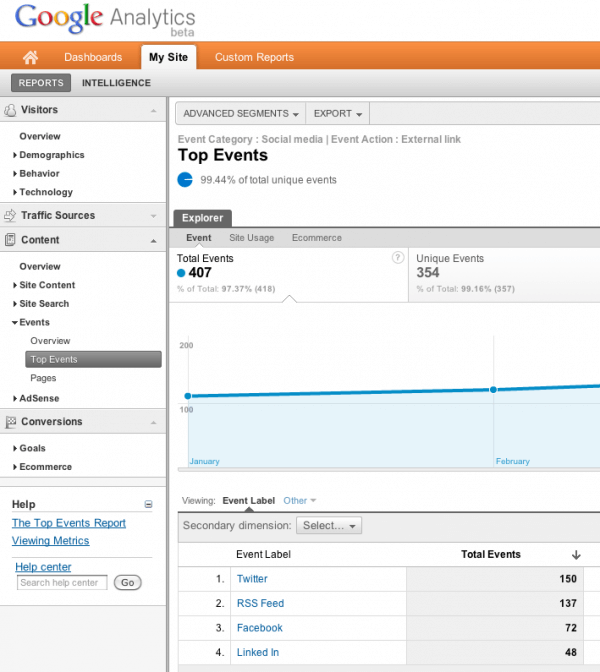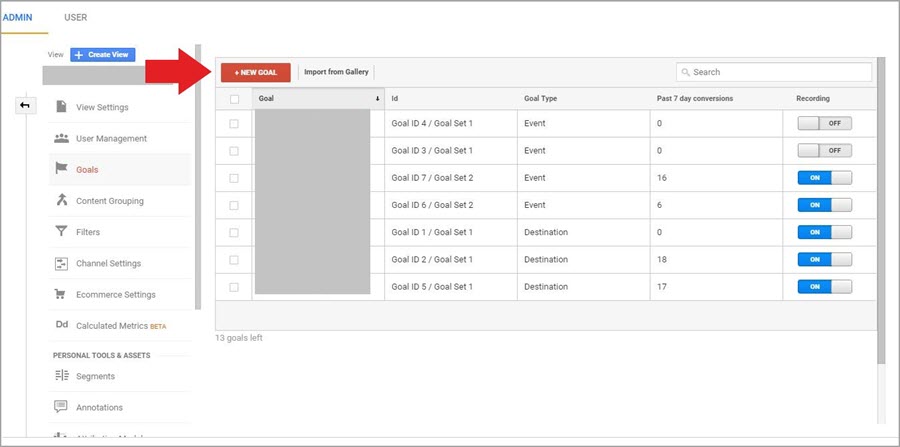What Data Is Google Analytics Goals Unable to Track: Crucial Details
What Data Is Google Analytics Goals Unable to Track: Crucial Details
Blog Article
Unveiling the Blind Spots: Comprehending What Google Analytics Goals Can not Determine
In the realm of electronic analytics, Google Analytics stands as an effective device for tracking and examining on the internet individual interactions. In the middle of its durable capacities, there exist blind places that usually escape dimension. what data is google analytics goals unable to track. Recognizing what Google Analytics objectives can not measure is crucial for acquiring a comprehensive view of user behavior and engagement. As we explore the complexities of these blind areas, we discover a complicated web of uncharted territories that hold valuable understandings into individual actions and motivations, tough standard knowledge and dropping light on the limitations of our data-driven understanding.
User Habits on External Platforms
Recognizing exactly how users engage on external systems is important for enhancing online methods. Outside platforms, such as social media sites networks, referral internet sites, and on-line forums, play a substantial role in driving website traffic to a firm's website. By assessing user habits on these systems, companies can obtain important understandings right into the efficiency of their advertising and marketing efforts and the choices of their target audience.
One trick aspect of individual actions on external platforms is the reference source. By tracking where the users are originating from, organizations can identify which platforms are driving one of the most traffic to their internet site. This information can help business allot their resources much more properly, focusing on the platforms that produce the very best outcomes.

Offline Conversions and Interactions
Examining individual behavior on outside systems offers beneficial insights right into on the internet methods; nevertheless, taking into consideration offline conversions and communications is just as vital for a detailed understanding of a firm's total performance. Offline conversions, such as in-store purchases or phone queries, play a considerable role in many organizations' success.

Acknowledgment Beyond Last Click
When delving right into the world of electronic advertising and marketing analytics, it comes to be important to look beyond the single touchpoint of the last click hop over to here for an extra detailed understanding of attribution. While Google Analytics provides valuable understandings right into user habits, relying solely on last-click acknowledgment can be limiting - what data is google analytics goals unable to track. Acknowledgment models that surpass the last click supply a much more nuanced sight of the customer trip, taking into consideration all the touchpoints that lead to a conversion
Attribution past the last click enables marketing experts to assign credit history to numerous communications along the conversion course, giving a clearer picture of the efficiency of different marketing networks. By exploring multi-touch acknowledgment designs such as direct, time degeneration, or position-based attribution, businesses can much better allot their advertising and marketing budgets and optimize their strategies for optimal influence.
Recognizing the influence of each touchpoint in the conversion process is essential for making educated choices and making best use of ROI. By accepting attribution past the last click, services can acquire deeper understandings into customer actions and tailor their marketing initiatives extra successfully.
Cross-Device and Cross-Browser Monitoring

Similarly, cross-browser monitoring complements cross-device tracking by recording individual actions as they change in between various internet browsers. Recognizing exactly how customers engage with websites on different web browsers can help marketers optimize their online experiences to guarantee uniformity and capability throughout various systems.
Qualitative Information and Customer Intent
Recognizing customer intent via qualitative information evaluation is crucial for developing targeted digital advertising methods that reverberate with the requirements and preferences of the target audience. Qualitative data offers insights into my company the 'why' behind user actions, dropping light on motivations, emotions, and preferences that measurable data alone can not capture. By evaluating individual comments, remarks, and communications, online marketers can reveal useful details about user intent, allowing them to tailor their messaging, content, and offerings to much better align with what their audience is looking for.
Qualitative information additionally helps in comprehending the context in which individuals involve with an internet site or application. This contextual understanding allows marketing professionals to produce more personalized and relevant experiences, ultimately driving greater interaction and conversion rates. By diving right into individual intent with qualitative data analysis, businesses can obtain a deeper understanding of their target audience, causing much more efficient marketing techniques that satisfy customers' assumptions and demands.
Final Thought
To conclude, Google Analytics goals have constraints in gauging customer behavior on external systems, offline conversions, attribution past last click, cross-device and cross-browser monitoring, and qualitative information associated to user intent. what data is google analytics goals unable to track. It is helpful resources essential for businesses to be familiar with these unseen areas in order to supplement their data evaluation with other devices and approaches to obtain a much more comprehensive understanding of their target market and improve their total electronic marketing approaches
By analyzing individual behavior on these platforms, companies can get important insights right into the effectiveness of their marketing initiatives and the preferences of their target audience.
Assessing customer habits on external platforms offers valuable insights into on-line strategies; however, thinking about offline conversions and interactions is just as imperative for a thorough understanding of a firm's total efficiency.In electronic advertising and marketing analytics, moving past last-click acknowledgment to discover cross-device and cross-browser monitoring is essential for gaining a holistic understanding of user interactions across numerous systems and tools. By assessing customer responses, remarks, and communications, marketers can uncover valuable details about user intent, allowing them to customize their messaging, content, and offerings to much better straighten with what their target market is seeking.
By delving into user intent through qualitative information evaluation, organizations can obtain a much deeper understanding of their target audience, leading to a lot more efficient marketing strategies that fulfill customers' demands and assumptions.
Report this page